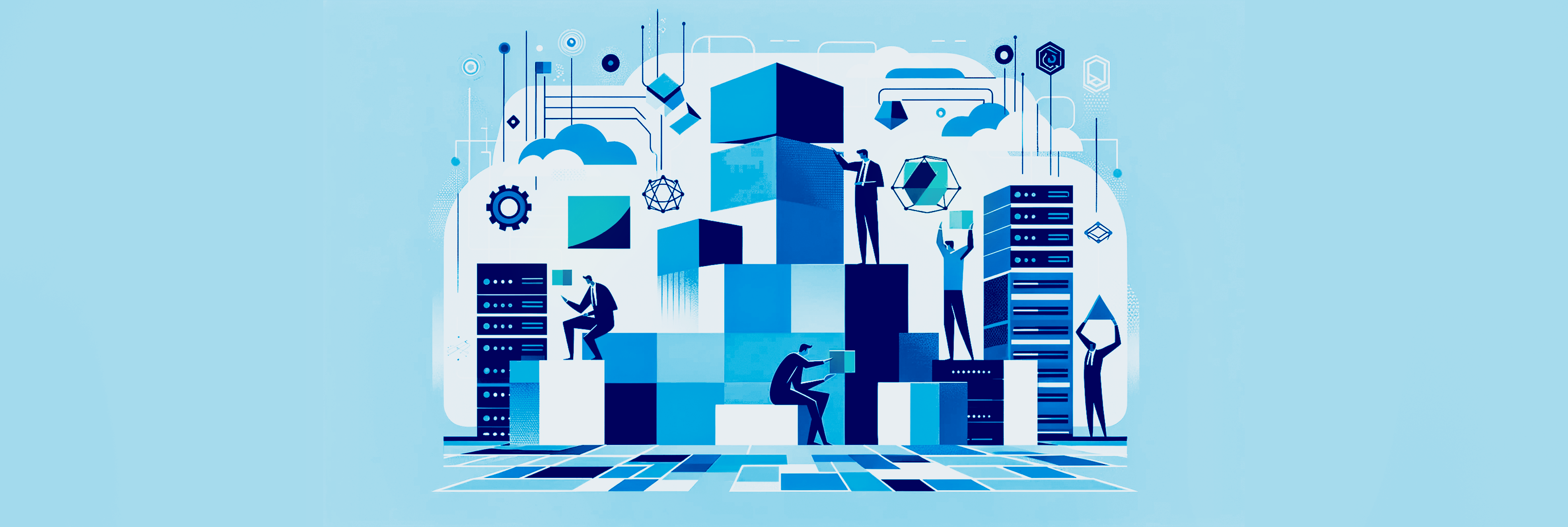Customers today are more discerning than ever, and banks are in a race to meet their expectations, especially when it comes to tech-savvy clients. The spotlight has been on sleek, intuitive mobile and online experiences, transforming how we bank. This front-end focus has undeniably transformed the customer experience. Banking is more accessible and engaging than ever. But here’s the catch: it’s a double-edged sword. All that emphasis on the user interface can backfire if we don’t give the backend infrastructure the same level of love.
Let’s dig into the backend bottlenecks, how to overcome them, and why modernizing behind the scenes is worth the effort.
The Backbone Challenge: Outdated Core Systems
Many financial institutions still rely on legacy core systems, and frankly, they’ve become a bottleneck. Many of them have been around for 2 to 3 decades. During normal adaptive maintenance of these monolithic systems, they have gathered significant technical debt. This technical debt is now causing significant drag on implementing new features. Making changes is risky, has many upstream and downstream impacts, and requires lengthy test cycles.
The financial landscape is changing fast. Banks need to offer hyper personalized, agile services, and that’s just not feasible with antiquated backend systems. Modernizing the backend isn’t just about keeping up with technology – it’s about ensuring the bank’s long-term viability and competitiveness.
Agility is Key
More than ever before, if a bank wants to remain competitive it needs to stay agile. Customer expectations are constantly evolving, and banks need to adapt quickly. We need to be able to offer new products and services in real-time. That’s where “time to value” becomes so essential.
By modernizing backend systems, we can reduce the time it takes to bring new innovations to market. This agility not only meets customer expectations, but it also gives us an edge over competitors who are slower to adapt. Solutions like Zafin can play a key role in accelerating this modernization process, providing the flexibility and capabilities needed to respond swiftly to market changes.
A Balanced Approach
To achieve true digital transformation, you can’t just focus on the front-end. You need to strike a balance. While the front-end is what customers see and interact with, the backend is what underpins the entire operation.
By aligning investments across both areas, you can ensure that new front-end features are supported by a flexible and capable backend. It’s this integrated approach that’s key to sustainable innovation and customer satisfaction.
A Strategic Approach to Modernization
One strategic approach involves “hollowing out” legacy systems. This means selectively migrating critical components like product and pricing, customer data, or the ledger to more modern platforms. This allows banks to modernize incrementally, reducing risk and accelerating time to value.
Let’s be clear: modernizing the backend isn’t just about technology. It’s about enabling the business to innovate and grow. When done strategically, backend modernization can unlock a whole host of new capabilities, from real-time pricing and personalized offers to advanced analytics and AI-driven insights.
These capabilities aren’t just nice-to-haves; they’re essential for competing in today’s digital-first world. They can drive revenue growth, improve operational efficiency, and enhance the overall customer experience.
The Bottom Line
In the digital banking revolution, the backend is just as important as the front-end. By taking a balanced and strategic approach to modernization and leveraging solutions like Zafin that bridge the gap between legacy systems and modern capabilities, banks can achieve true agility, unlock new business opportunities, and position themselves for long-term success.
Remember, it’s not just about keeping up with the competition — it’s about exceeding customer expectations and delivering exceptional value in a rapidly changing market. Let’s embrace the challenge and transform bank backends into engines of innovation.
